Advertisement
You don’t need a studio, a pile of gear, or even an instrument to create music anymore. With tools like Suno AI, all you need is an idea—and maybe a few words. Suno AI gives people the chance to create full songs using text prompts, and it does the rest: vocals, backing tracks, structure, mood—everything. It’s not a toy, though. While it looks simple on the surface, there’s a lot you can do once you understand how it works.
Whether you’re writing songs for fun or trying to sketch out ideas fast, Suno AI can help you shape them into full productions. Here’s how to get started.
Before anything else, you’ll need an account. Head to suno.ai and log in with your Google account or Discord. Signing up takes less than a minute. Once you’re in, you’ll see a clean interface that looks more like a chatbot than a music workstation. That’s because the whole point of Suno is to take your ideas and turn them into songs without needing to touch a piano roll or waveform.
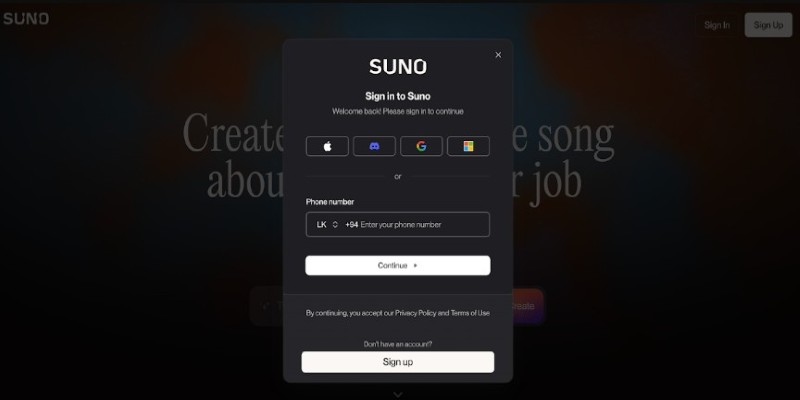
There’s a free version, but it comes with limits—mostly around how many songs you can generate. If you find yourself enjoying it, the paid tier gives you more generations, higher-quality audio, and longer tracks.
This is the part that trips up most first-timers. Suno doesn’t read your mind. You have to guide it with words that mean something musically. A good prompt usually includes:
Here’s a decent example:
"Make a slow indie rock song about missing someone after a breakup. Soft male vocals. Sad tone. Similar to The National."
You don’t have to be poetic or detailed. Clarity works better than cleverness here. If you say “epic love ballad with female vocals, cinematic strings, and 80s synths,” it’ll do its best to follow that.
Keep in mind, you can either ask Suno to write the lyrics for you, or you can paste your own. If you already have lyrics, there’s an option labeled “Custom Mode” that lets you paste them in. This gives you more control over the message and phrasing.
Once your prompt is ready, click “Create.” This is where the magic happens. Suno will spend a few moments building the song from scratch. You’ll get back two versions, each about 45 to 60 seconds long. They’ll have full vocals, backing tracks, and a basic structure—intro, verse, chorus, etc.
If you don’t like what you hear, you can regenerate. Each prompt gives you two results, and you can always tweak your original text to adjust the mood or energy. Want it slower? Say that. Want a different singer style? Add it in.
One thing to know: Suno doesn’t give you isolated stems. The result is a finished stereo mix, like a demo version. You can download it as an MP3 or share it directly from the platform.
If you want to go a bit deeper, Custom Mode is where things get interesting. This lets you upload your own lyrics, choose the style, and control more aspects of the final result. Instead of relying on Suno to guess what you want, you give it more specific material.
When uploading your own lyrics, try to format them with line breaks between each sentence or idea. Suno handles lyrics better when they’re clear and broken up logically. You can still include a brief note about how you want it to sound—like "acoustic folk vibe, gentle female vocals, similar to early Norah Jones.”
There’s no guarantee that it’ll follow your instructions exactly, but it usually stays close enough. And since it always generates two options, there’s room to pick what feels closer to your goal.
Once you have a result you like, you can take it a bit further using the Remix tool. This allows you to change the style of a track without rewriting the lyrics. Say you like the words and melody, but you want a more upbeat version. Click Remix and tell it what direction you want: “Turn this into a pop-punk version,” or “Make it slower and moodier, like a sad lo-fi ballad.”
This saves a lot of time if you’re testing different styles for the same idea. You can compare the versions side-by-side and see which one captures the mood better.
Just note that while the lyrics usually stay intact, the vocal delivery might shift depending on the style. A rap version will sound very different from an acoustic ballad, even if the lyrics are identical.
Once you’re happy with a song, download it. Suno gives you an MP3 file. It’s usually high enough quality for demos, TikToks, or sharing with friends. But if you’re planning to use it for anything commercial, it’s best to check the usage rights. As of now, Suno gives creators full rights to use the songs they make—even for commercial projects—but this could change, so it's always smart to double-check.
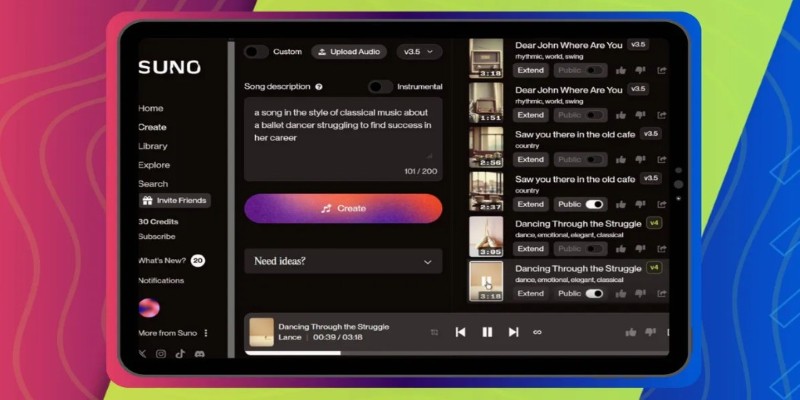
You can’t separate tracks (like vocals or drums), but for simple uses—like backing music for a YouTube video, demoing song ideas, or even making concept albums—it's more than enough.
Creating music with Suno AI is fast, fun, and surprisingly flexible. You don’t need to be a producer or songwriter. All you need is a few words and an idea. Whether you're trying to sketch out a song idea or just want to see what a country song about your cat might sound like, Suno makes that possible in minutes. It won’t replace human musicians, but it’s a useful tool—and a creative one. Try it once, and chances are, you'll be back with a dozen more ideas you want to hear.
Advertisement

Looking for the best chatbot builder to use in 2025? This guide breaks down 10 top tools and shows you exactly how to use one of them to get real results, even if you're just starting out
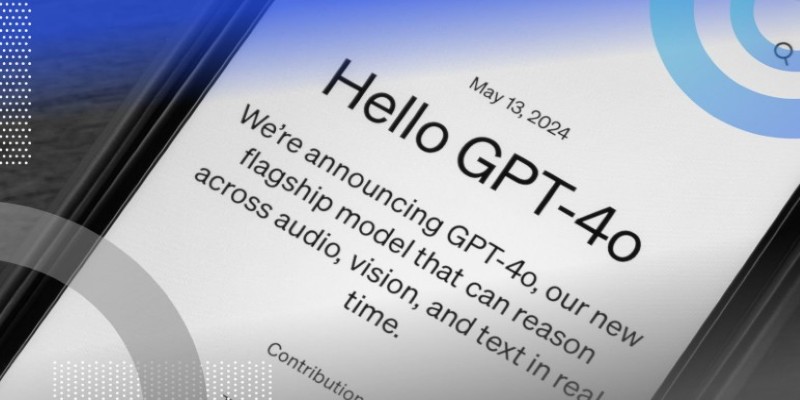
What if one AI model could read text, understand images, and connect them instantly? See how GPT-4o handles it all with ease through a single API

Veed.io makes video editing easy and fast with AI-powered tools. From auto-generated subtitles to customizable templates, create professional videos without hassle

AI accelerator chips boost speed, lower costs, and make artificial intelligence more accessible for businesses and students

Looking to boost your chances on LinkedIn? Here are 10 ways ChatGPT can support your job search, from profile tweaks to personalized message writing

Need clarity in your thoughts? Learn how ChatGPT helps create mind maps and flowcharts, organizing your ideas quickly and effectively without fancy software

What is Moondream2 and how does it run on small devices? Learn how this compact vision-language model combines power and efficiency for real-time applications
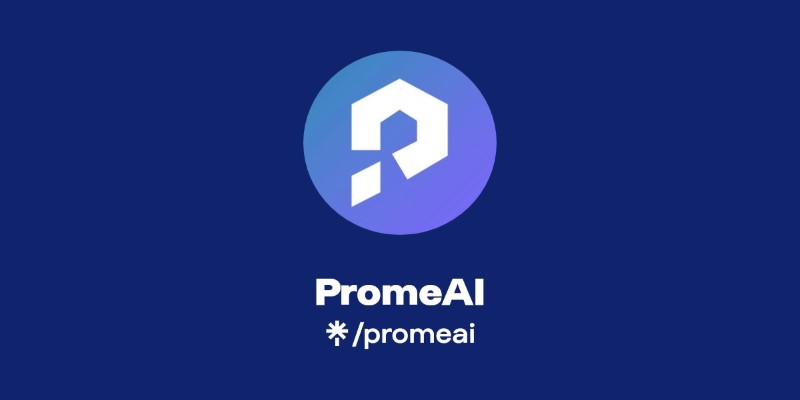
How can AI help transform your sketches into realistic renders? Discover how PromeAI enhances your designs, from concept to portfolio-ready images, with ease and precision

Which machine learning tools actually help get real work done? This guide breaks down 9 solid options and shows you how to use PyTorch with clarity and control

Explore hyper-personalization marketing strategies, consumer data-driven marketing, and customized customer journey optimization
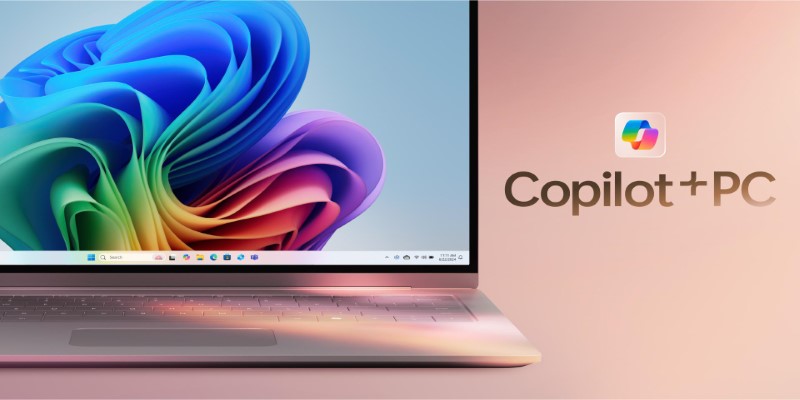
Need help setting up Microsoft Copilot on your Mac? This step-by-step guide walks you through installation and basic usage so you can start working with AI on macOS today.

Discover 10 ChatGPT plugins designed to simplify PDF tasks like summarizing, converting, creating, and extracting text.